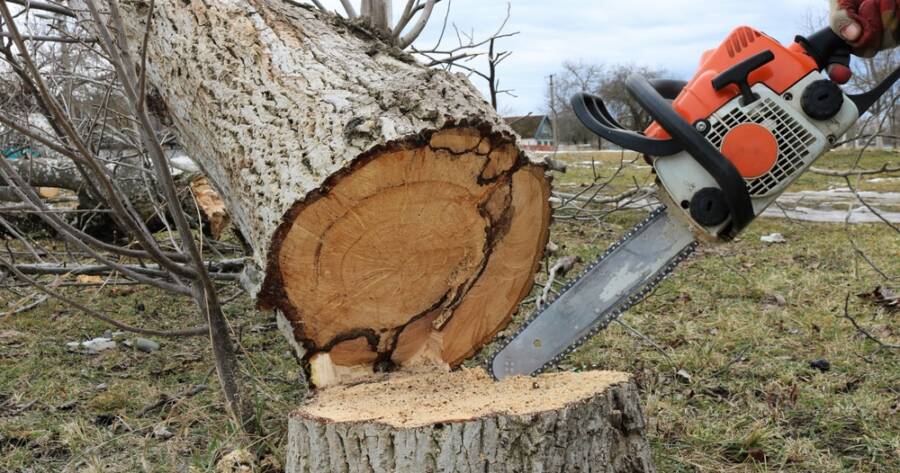Tree removal is a common part of property maintenance, whether it’s clearing storm damage, addressing safety risks, or making space for new landscaping. Costs can vary widely across the country, influenced by tree size, species, and location. Understanding average pricing helps homeowners budget realistically and choose the right professionals for the job.
Factors That Affect Tree Removal Costs
The price of cutting down a tree depends heavily on its height, diameter, and overall condition. Smaller trees under 30 feet may cost just a few hundred dollars to remove, while large or hazardous trees can run well over a thousand. Accessibility also plays a major role—tight spaces, proximity to buildings, or power lines can all increase labor and equipment needs.
Geographic location further affects pricing. Homeowners in urban areas or regions with higher living costs often face steeper rates due to insurance and permit requirements. In contrast, rural areas may offer lower prices but fewer service options. Understanding how these variables interact helps set realistic expectations before hiring a tree removal company.
National Average Costs
Across the United States, the average cost to cut down a tree typically falls between $400 and $1,200. Most homeowners spend around $750 for a medium-sized tree under safe working conditions. Extremely large trees exceeding 80 feet, such as oaks or pines, may cost $1,000–$4,700, especially if cranes or specialist climbers are required.
Some companies also include stump removal in their estimates, while others charge it separately—usually between $75 and $100. Additional fees may apply for hauling wood, grinding roots, or clearing debris. Getting multiple quotes ensures a fair comparison and highlights whether a company’s services are all-inclusive or billed item by item.
Permits, Regulations, and Safety Considerations
Before arranging tree removal, it’s important to check local regulations. Many cities and counties require permits, especially for trees above a certain diameter or those located near public property. Failing to secure the right documentation can lead to fines or delays. Professional arborists often handle this paperwork as part of their service, saving homeowners time and stress.
Safety should always take priority. Certified tree removal specialists are trained to work at height, manage chainsaws, and control falling limbs. They carry insurance to protect both themselves and the homeowner from potential damage. Hiring unlicensed or uninsured workers to save money can end up costing far more if accidents occur.
DIY vs. Professional Services
While it may be tempting to tackle smaller trees yourself, professional removal is almost always the safer and more efficient choice. Tree felling requires specialized tools, safety gear, and knowledge of how trees fall under pressure. A single miscalculation can result in property damage or personal injury.
Professional crews have the expertise to assess tree health, determine safe cutting angles, and handle cleanup quickly. They also dispose of wood responsibly—either recycling it into mulch or transporting it to green waste facilities. The additional cost often translates into peace of mind, knowing the job is completed correctly and safely.
Saving Money on Tree Removal
There are practical ways to keep costs down without compromising safety. Scheduling removal during the off-season (typically winter or early spring) can reduce demand and lower rates. Clearing access routes before contractors arrive also helps minimize time on-site.
Some companies offer discounts for multiple trees or if homeowners handle the cleanup themselves. You can also ask whether the service will leave cut logs for firewood, offsetting disposal fees. Comparing at least three quotes from licensed professionals remains the best way to find a fair price while ensuring reliable service.
Keeping Your Landscape Safe and Sustainable
Tree removal doesn’t just protect property—it maintains a balanced and healthy landscape. Removing dying or dangerous trees allows younger plants to thrive and prevents potential damage during storms.
Investing in a qualified tree service keeps outdoor spaces safe while supporting responsible forestry practices. By understanding average costs and making informed decisions, homeowners can protect both their homes and the environment with confidence.

